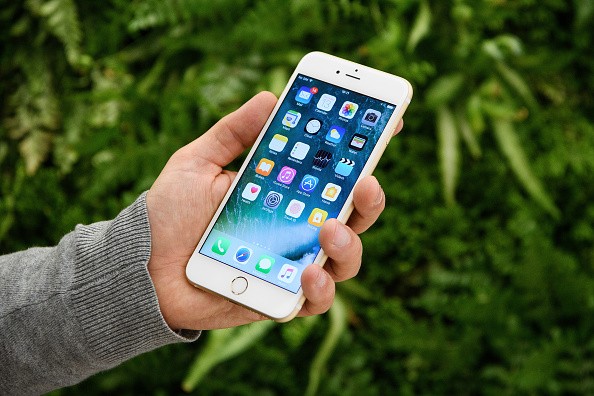According to a statement on its Chinese website on Friday, Apple is slated to open two additional research and development (R&D) centers in China later this year, Reuters reported.
The two centers will be located in Shanghai and Suzhou. These are apart from the two previously announced R&D hubs, which will be located in Shenzhen and in the Chinese capital, Beijing.
Apple revealed that the four centers are scheduled to be open within this year.
The U.S.-based smartphone maker has previously committed an investment worth 3.5 billion yuan for its research and development efforts in China alone.
This move comes as the Western tech giant continues to face tough competition in the Asian economic powerhouse.
In a report recently released by research outfit UBS, Apple's market share in China was down 17 points, year-on-year, though it achieved its record-high market share for the past four years in the U.S., Europe and Japan.
Meanwhile, its share in its Hong Kong and Taiwan markets both decreased by 50 percent.
For the first quarter of the fiscal year 2017, Apple's net sales in China went down by 12 percent compared to the same period in 2016. According to the company, the drop can be attributed to "lower net sales of iPhone and the effect of weakness in foreign currencies relative to the U.S. dollar."
Currently, the Chinese smartphone market is dominated by rivals Oppo, Huawei and Vivo, whose cumulative market share is 45 percent.
For Duan Yongping, the billionaire behind the twin smartphone brands Oppo and Vivo, Apple failed to adapt to local competition.
"Apple couldn't beat us in China because even they have flaws. They're may be too stubborn sometimes. They made a lot of great things, like their operating system, but we surpass them in other areas," he shared in an interview with Bloomberg.
The homegrown brands used tactics that Apple was reluctant to employ, including releasing economical devices that have high-end features.



























